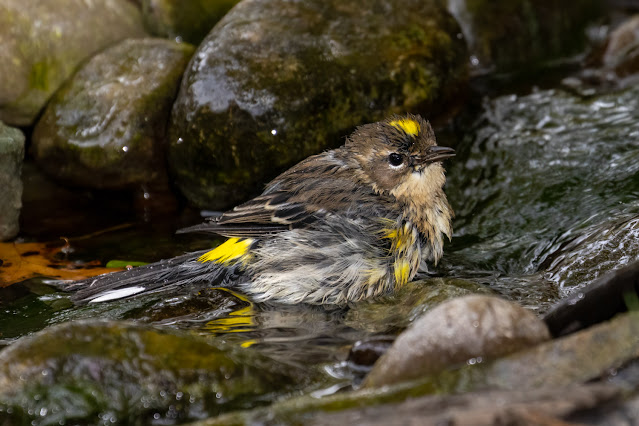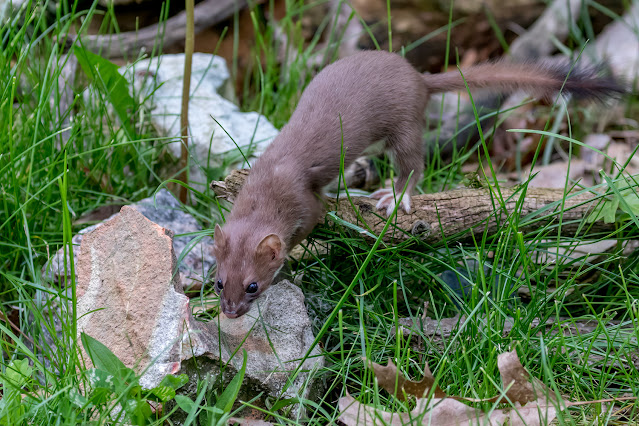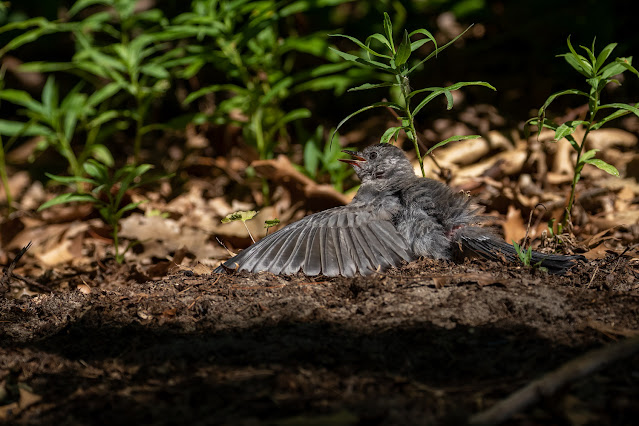A new rack.

This young buck, with a new set of antlers, wandered through the dunes behind our cottage in the early morning 4 years ago. Aug 8, 2019, Rondeau Provincial Park. Odocoileus virginianus The white tailed deer is the most widely distributed and the most numerous of all North America’s large animals. It leaves its fawn unattended for hours at a time. It may have difficulty surviving the winter, particularly if there are too many deer competing for food or if snow is deep



















